May 23, 2025 | 14:52 GMT +7
May 23, 2025 | 14:52 GMT +7
Hotline: 0913.378.918
May 23, 2025 | 14:52 GMT +7
Hotline: 0913.378.918

The thousand-year-old Snow Shan tea tree on top of West Con Linh. Photo: Thanh Quyet.
Mr. Dang Van Chung, Chairman of Cao Bo commune People's Committee (Vi Xuyen district, Ha Giang province), welcomed us with a pot of Snow Shan tea from his hometown.
Unlike the tea from midland, Snow Shan tea’s water tinges with a honey-like, shimmery golden color. Its rich flavor leaves an acrid scent after the first taste, soon followed by an alluring sweetness. If midland tea is only drinkable until the second or third water turn, Snow Shan tea can still maintain the taste and density after its fifth turn.
It was still raining heavily outside.
Mr. Chung asked: “Do you still want to go to the forest in this rain? The road will be slippery, and a lot of leeches might appear.”
“Yes, please!” - I nodded, firmly.
The villages in Cao Bo commune were like threads of silk twirling around the middle of West Con Linh range. The tea trees also followed the breath of life of humans, spreading their presence all over mountains and forests.
The road from the center of Cao Bo commune to the villages was about 6 km long and took 30 minutes to go through, and then it took about half a day's journey from the villages to the nearly thousand-year-old tea tree.
Despite having been warned in advance about the cold of the highlands 1,500m above, wearing two warm coats, the cold air still found its way through each layer of clothing. Fortunately, when we reached the middle of Lung Tao village, the rain stopped, and our journey to the ancient tea area continued. The slim paper raincoat we put on to avoid the rain was torn and tattered, but its last moment was also the time the ancient tea tree was fully within in our eyesight.
The thousand-year-old “elder” tea tree, located on top of the 1,500m-high Co Sau mountain, has the widest diameter and the longest lifetime in Ha Giang province. The tea tree is about 14m high, and its trunk is so big it takes two adults to make a full hug. The muscular trunk is not inferior to other old trees around the forest. The branches of the tea create a strong and broad canopy, the large leaves put on their bright green clothes, pointing out the long tip. The buds look so full of life while having an abundance of silver snow-like hairs.
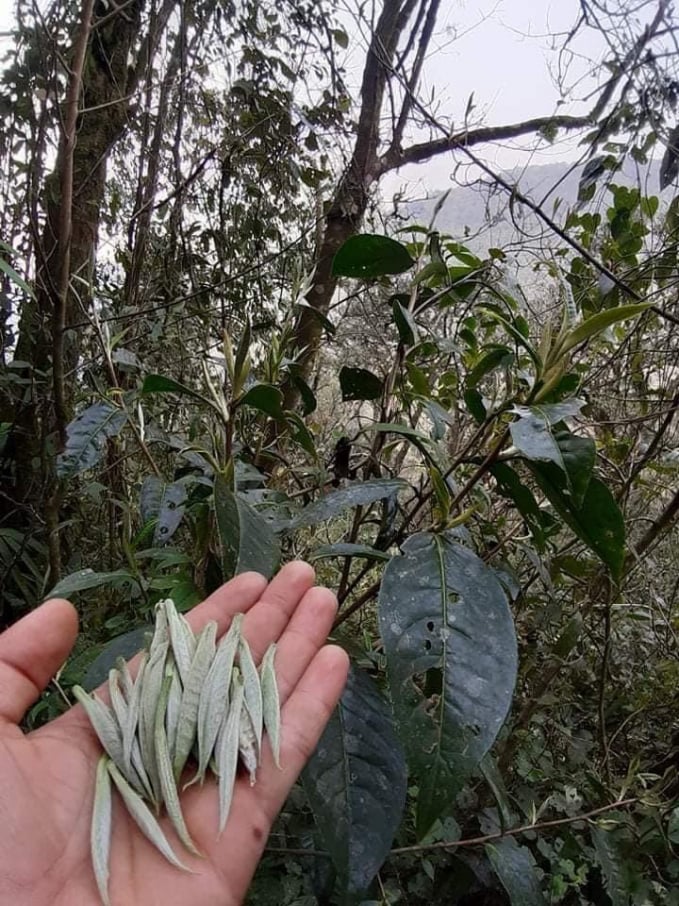
Ha Giang Snow Shan tea is uniform in color and size. Photo: Dao Thanh.
From scientists, researchers to traders, all pay homage to the longevity and lasting vitality of the ancient tea tree in Cao Bo after standing in awe of its presence. This ancient tea tree has become an invaluable heritage symbolizing the intense vigor of Snow Shan as well as the culture, customs and habits of the rocky plateau.
In Cao Bo, those who make good tea and fully enjoy tea are the elderly, but it is actually the younglings that promote and develop the tea brand. Especially in the context of the Covid-19 pandemic, online sales flourished.
Cao Bo commune currently has one Cao Bo Organic Tea Joint Stock Company; one Cao Bo Snow Shan tea cooperative and twelve households processing and trading Snow Shan tea.
Cao Bo’s tea products have traveled all over the country and even been exported to Europe. Each year Cao Bo commune produces 1,600 tons of fresh tea buds on average.
Snow Shan fresh tea buds in Cao Bo are classified into many types with different prices: The “One bud with two leaves” type costs VND 30,000/kg; “One bud with three leaves” is 20,000 VND/kg; “One bud only” costs more than VND 200,000/kg, peak VND 300,000/kg. Dried Snow Shan tea products here are priced from VND 300,000 to 1,000,000/kg.
Exclusive types such as Dragon Claws or white tea cost from VND 2-5 million/kg.
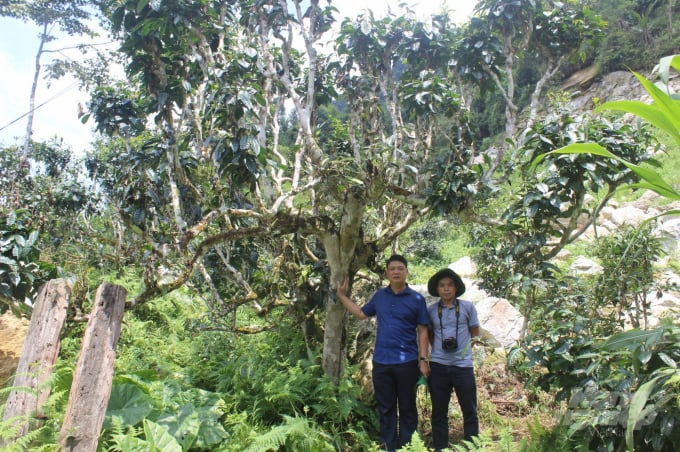
Ha Giang‘s Snow Shan tea land is recognized as the largest heritage tea land in Vietnam. Photo: Dao Thanh.
For the past ten generations, the Dao Ao Dai people in Cao Bo live on the West Con Linh range. In religious activities and economic life, tea always accompanies them generation after generation. Every villager born and raised here has seen Snow Shan tea trees standing tall within the mountains.
Apart from being a premium drink, Snow Shan tea also carries substances such as antibiotics, anti-cancer, and longevity-increase which are very good for human health.
Mr. Xin Thanh Quyet, Head of Crop Production and Plant Protection Office, Ha Giang Sub-Department of Crop Production and Plant Protection, led our team to visit the ancient tea area in Cao Bo. Mr. Quyet often accompanies scientists who come to visit and research precious tea varieties in Ha Giang, so he knows the road like the back of his hand. He is also fairly versed in tea varieties and their life-long history.
According to Mr. Quyet, there are three famous tea areas in Ha Giang: Lung Phin tea in Dong Van district, Phin Ho tea in Hoang Su Phi district and Cao Bo tea in Vi Xuyen district. But when talking about the origin of the tea tree in this rocky plateau, people often mention Cao Bo because this place has the oldest “elder” tea tree in the country.
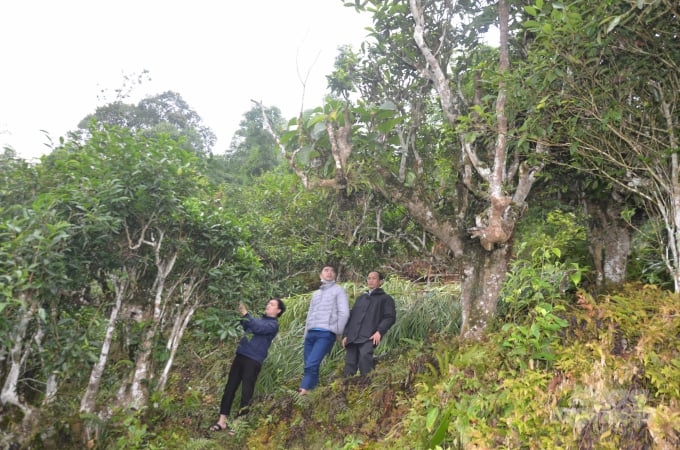
Cao Bo commune is considered “the cradle of Snow Shan small-leaf tea” in Ha Giang. Photo: Dao Thanh.
In 2008, the arrival of a group of strangers caused a commotion among the villages of Dao people in Cao Bo. They inquired about tea trees, even made an effort to climb to the top of West Con Linh mountain to contemplate the ancient Snow Shan tea forest. Some time later they came back and offered tens of millions of Vietnamese dong for each of the old tea trees. Some seemed blinded by greed and accepted the offer right away, but most of the villagers felt reluctant to part ways with the tree that had been with them for generations, so they declined.
In fear of losing the Shan tea roots as old as several times a human’s life, the local authority invited the district police for assistance in protection. Village heads also joined the pledge to keep the ancient tea trees safe: “They can never be lost to the hands of others”.
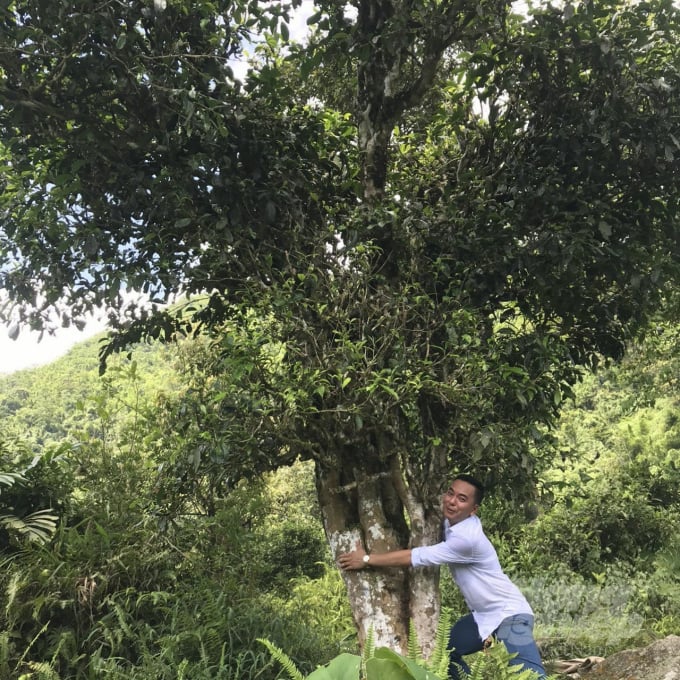
The protection of the heritage Snow Shan tea tree is a matter of great concern to Ha Giang provincial authorities. Photo: Thanh Quyet.
The story of bad guys attempting to steal Cao Bo’s tea trees in Cao Bo had died down for more than eleven years. But by 2019, "tea thieves" once again threatened to attack the heritage tea forest.
Traders who were believed to be Chinese entered the area, arbitrarily negotiate with the people of Lung Tao and Tham Ve villages to rent an ancient tea tree for a period of 20 to 30 years, then attached signboards in foreign languages, hiring people to wear their country's clothes to film and take pictures. Some Snow Shan tea trees were leased through contracts worth up to VND 50 million.
Upon learning of the news, the commune authorities urgently called for security forces to intervene, asking people to take down all the signs with Chinese characters.
Everything has calmed down until the present day, and the tea forest once again regains peace.
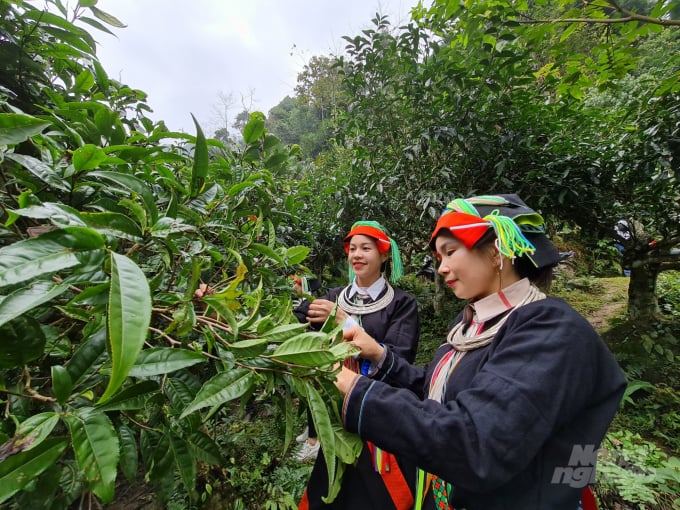
Snow Shan tea tree helps many farmers in Cao Bo achieve a prosperous life. Photo: Dao Thanh.
Translated by Samuel Pham
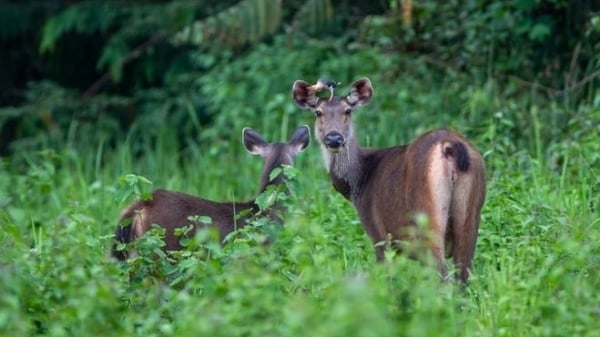
(VAN) WWF, GIZ, IUCN, UNDP call for biodiversity conservation and sustainable development must be regarded as a unity in strategies for a green future.
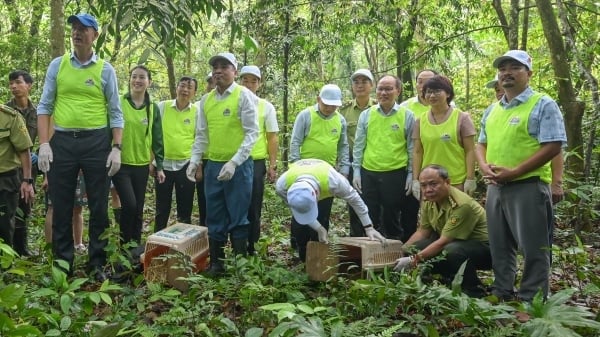
(VAN) On celebration of International Day for Biological Diversity, Deputy Minister Nguyen Quoc Tri called for practical actions to address nature and biodiversity conservation.
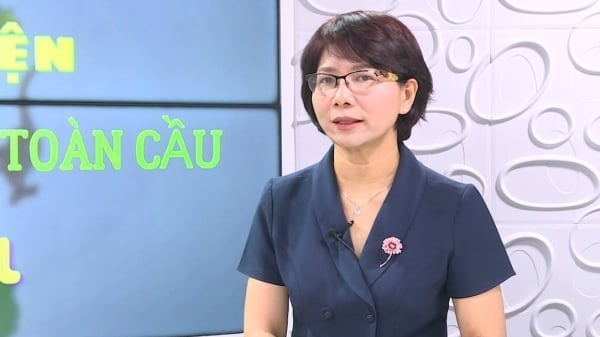
(VAN) Dr. Hoang Thi Thanh Nhan – Deputy Director of the Nature and Biodiversity Conservation Agency – highlighted this on the International Day for Biological Diversity, May 22, 2025.
![Ho Chi Minh city adapts to climate change: [2] Accelerating action](https://t.ex-cdn.com/nongnghiepmoitruong.vn/608w/files/chiqk/2025/05/22/4024-4220-bien-doi-khi-hau-1-100626_766.jpg)
(VAN) Clearly recognizing the challenges posed by climate change, Ho Chi Minh city has swiftly shaped its policies and implemented practical solutions to adapt.
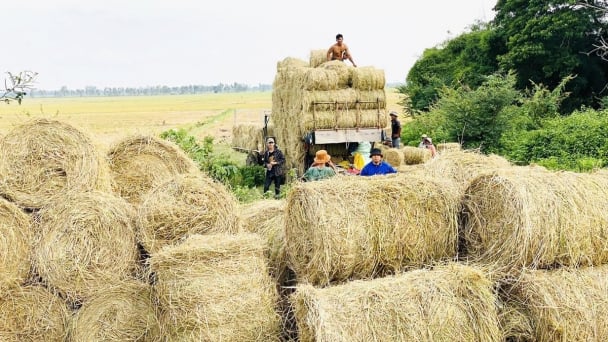
(VAN) Rice straw is no longer just a discarded byproduct, but it is becoming a green resource that helps farmers in the Mekong Delta reduce emissions and promote circular, sustainable agriculture.
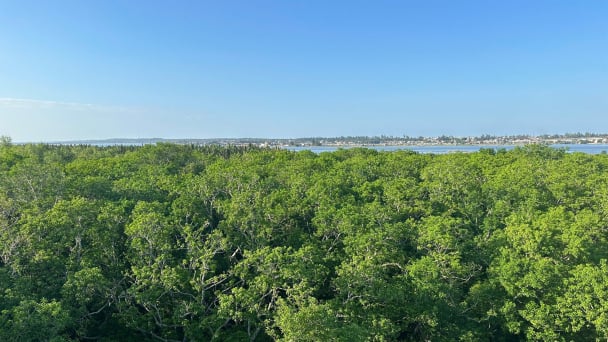
(VAN) Other Effective Area-based Conservation Measures (OECMs) are solutions that contribute effectively to achieving the goals of the Kunming–Montreal Global Biodiversity Framework.
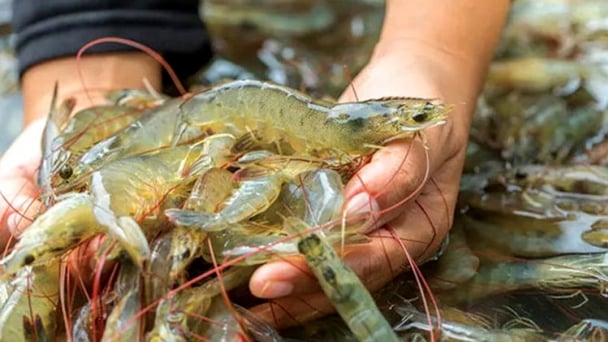
(VAN) A study assessing the carbon footprint of whiteleg shrimp farming in China shows the potential for carbon emission reduction through the use of renewable energy.